3 Industrial Amenities Worth Investing In
Lukas Huberman of BLT on property features that make "good bones better."

Last year marked a shift in the industrial market—steady growth teetered toward oversupply, which was curbed slightly by the higher interest rates that led to a drop in construction starts. In spite of that decrease in new supply, total industrial space grew by 2.8 percent in 2024, leasing activity slowed and the nationwide industrial vacancy rose by 20 basis points, according to Yardi Matrix data.
However, the same report shows that national average rents grew 6.1 percent year-over-year, and experts seem to agree that industrial assets are still a strong investment in 2025, especially considering the velocity of technological advancements, the continued e-commerce boom and the trend toward reshoring.
READ ALSO: So What If the Fed’s Not Independent?
While a central location and ample parking are still primary drivers to standing out in the industrial market, amenities are becoming more significant differentiators. In 2025, what are the amenities that will capture the attention of high-quality tenants, drive value and increase retention?
With a focus on industrial properties across the Western region, we are seeing tenants increasingly attracted to modern amenities that are cost-effective and aligned with their long-term goals. If you plan to acquire or are already invested in an industrial property with “good bones,” which improvements are the most valuable ones to make? In our view, these are some of the most important considerations when it comes to investing in properties with future-forward amenities that drive long-term value.
1. Smart technology
As we have seen with office properties, there is a similar flight-to-quality in the industrial market as more inventory is now available for tenants to choose from. Today’s industrial tenants are seeking modern facilities that are equipped with advanced technological capabilities to keep up with their evolving needs.
Upgrading an older property with smart building features is a simple value-add that has the potential to increase efficiencies and decrease overhead. With the support of artificial intelligence and other new advancements, security systems, real-time monitoring and energy management systems can all be installed quickly and economically, attracting higher-quality tenants who are looking for bottom-line savings.
High-speed connectivity is also crucial in today’s market for all types of industrial tenants, as is the capacity for heavier power. As automation and AI-driven systems are becoming more mainstream for manufacturing and logistics, power needs are increasing across the board, so it may be worth upgrading to higher electrical capacity to accommodate both current and potential future increased power needs.
2. Reducing energy costs
That said, industrial tenants are increasingly more concerned about reducing energy costs, and there are a number of efficiencies that can help.
The most substantial impact may come from upgrading older HVAC systems to newer, more modern systems that are inherently designed to be more energy efficient. Improved performance can make a significant difference in energy usage and, therefore, overhead spending.
Solar roof panels can also help reduce energy costs and may also contribute to a tenant’s ESG and sustainability initiatives. LED lighting throughout a property can also add to a reduction in energy costs.
For logistics tenants who are increasingly converting fleets to electric vehicles, more space and power is needed for charging. Permits and clearance for EV fleet charging can be a long and time-consuming process but can be a worthy investment as more tenants look to EVs for both deliveries and employee vehicles.
3. Flexible, modern spaces
Scalability is important amid shifting supply chains and a challenging business environment, and many industrial customers now appreciate the ability for flexibility in their spaces.
Customizable, open floor plans and modular layouts offer tenants the ability to adapt the space the various uses. Likewise, flexible loading docks and ceiling heights that can accommodate varying operational needs are valuable features, as well.
Modern break rooms and kitchen areas that feature comfortable furniture, hydration stations and natural light all contribute to employee and, therefore, tenant satisfaction.
In addition, outdoor spaces that provide an area of respite for employees, especially those that incorporate walking or bike paths, are becoming more desirable.
When it comes to value-add potential, there are several categories of industrial assets that are typically well suited to upgrades. Of course, Class B and C industrial assets are a good target for upgrading infrastructure, as well as layouts and amenities, to create more modern and valuable spaces. Older, multi-tenant industrial parks and campuses may offer underutilized space that can be converted to leasable square footage, and outdated buildings can be modernized to attract higher-value tenants. Shared amenities, such as EV charging and employee-friendly spaces that can be used by all tenants, are also valuable improvements that can help attract and retain tenants.
While industrial amenities may not yet be the linchpin of a deal, forward-thinking, modern amenities may be what sets a property apart from the competition in 2025.
Lukas Huberman is a partner and director of acquisitions at BLT Enterprises, a multi-faceted real estate company that specializes in the acquisition, entitlement, development, operation and property management of industrial, creative office, mixed-use and special-use properties.

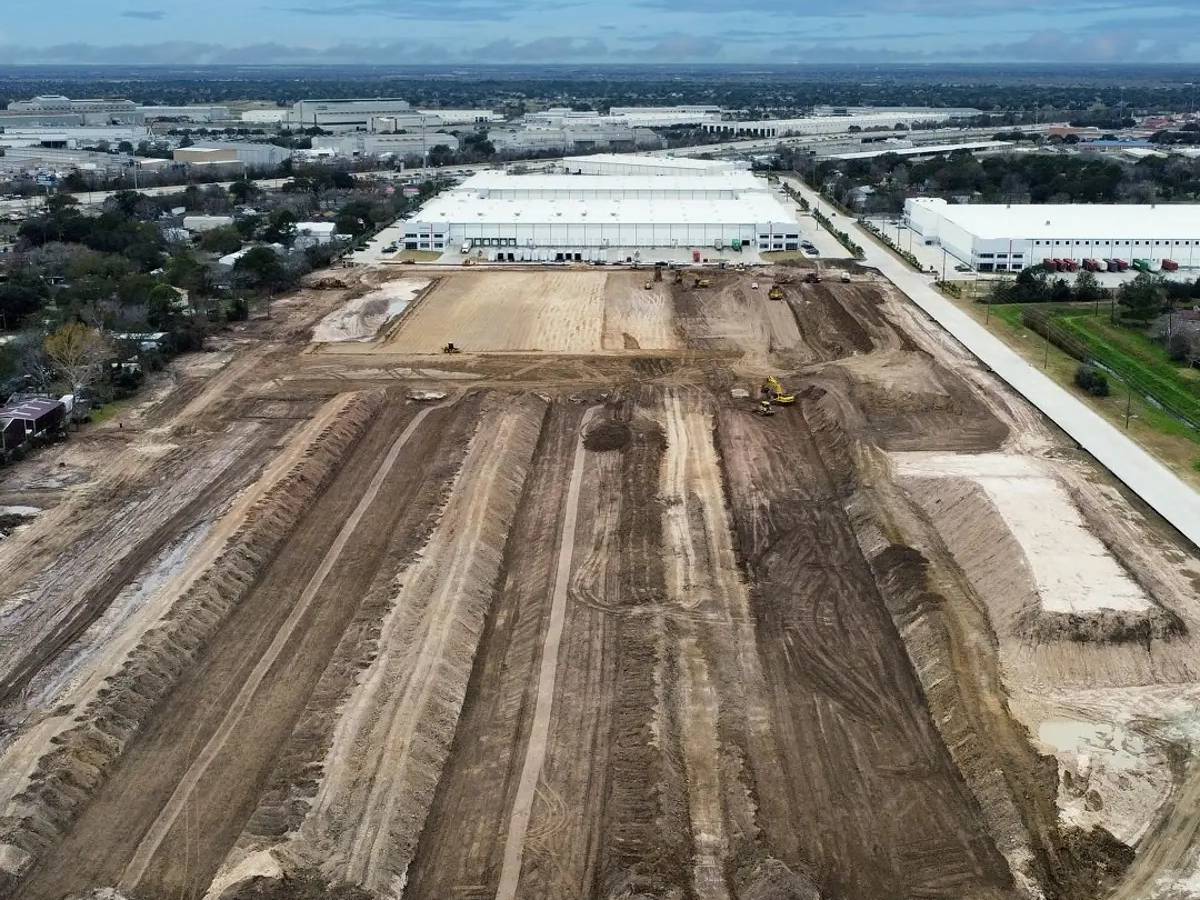
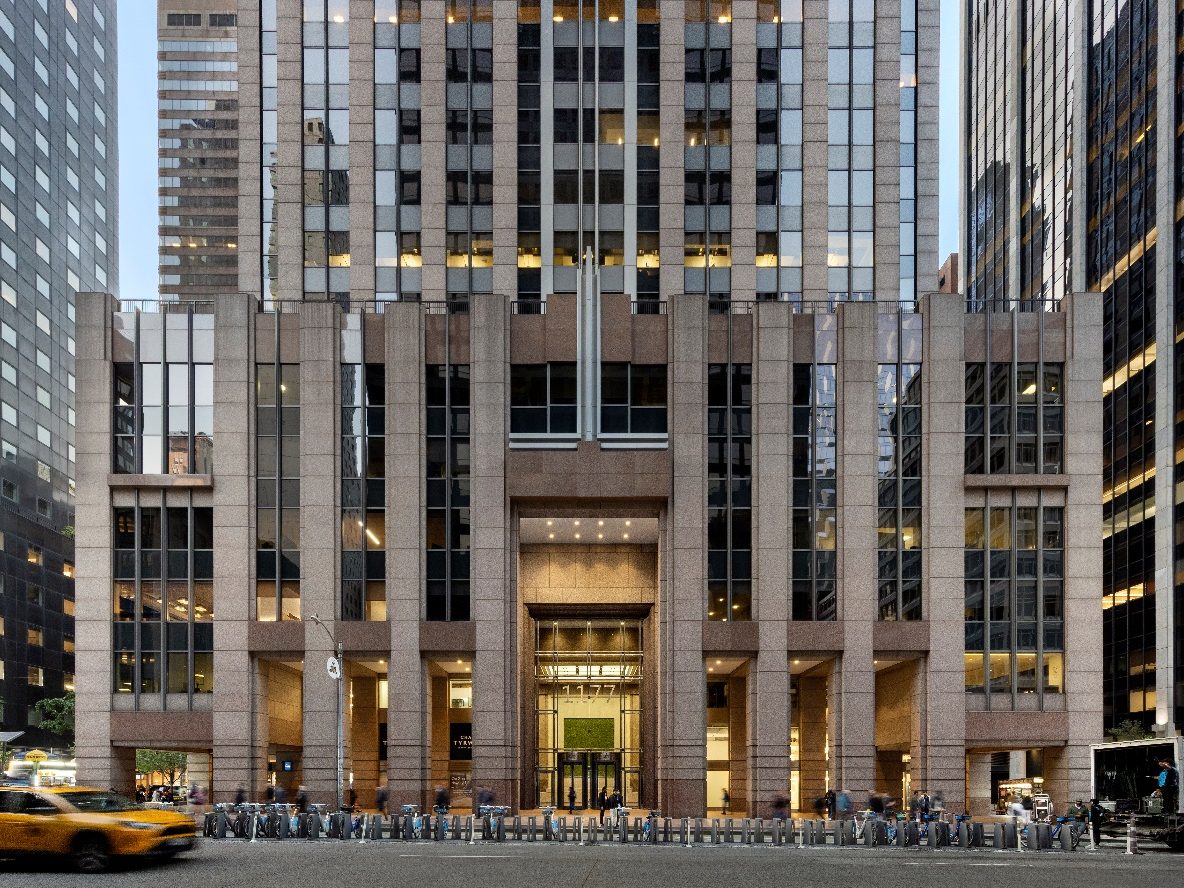
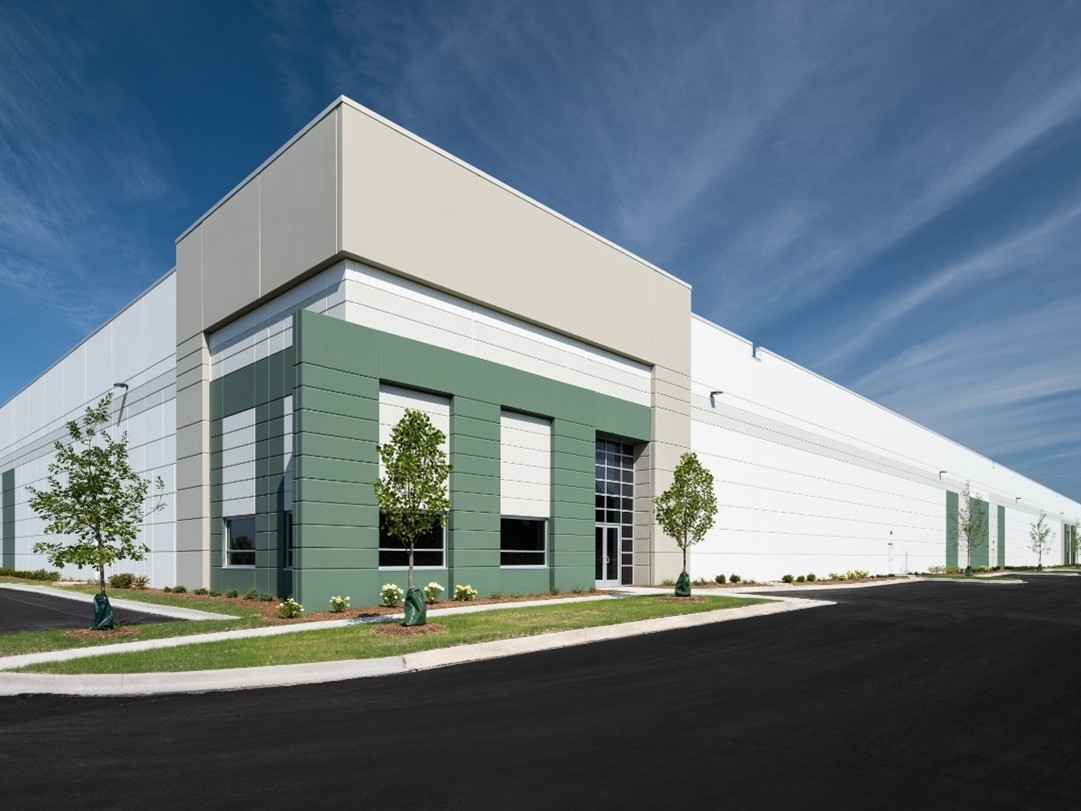
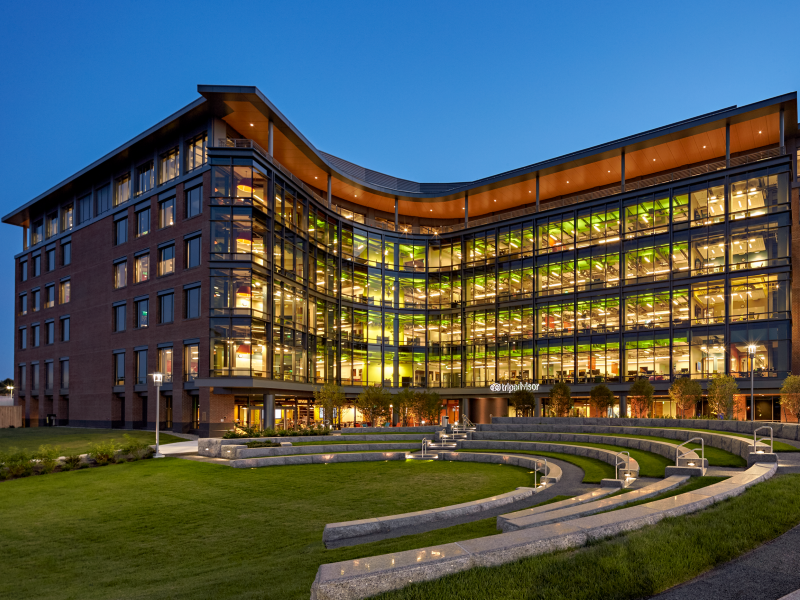
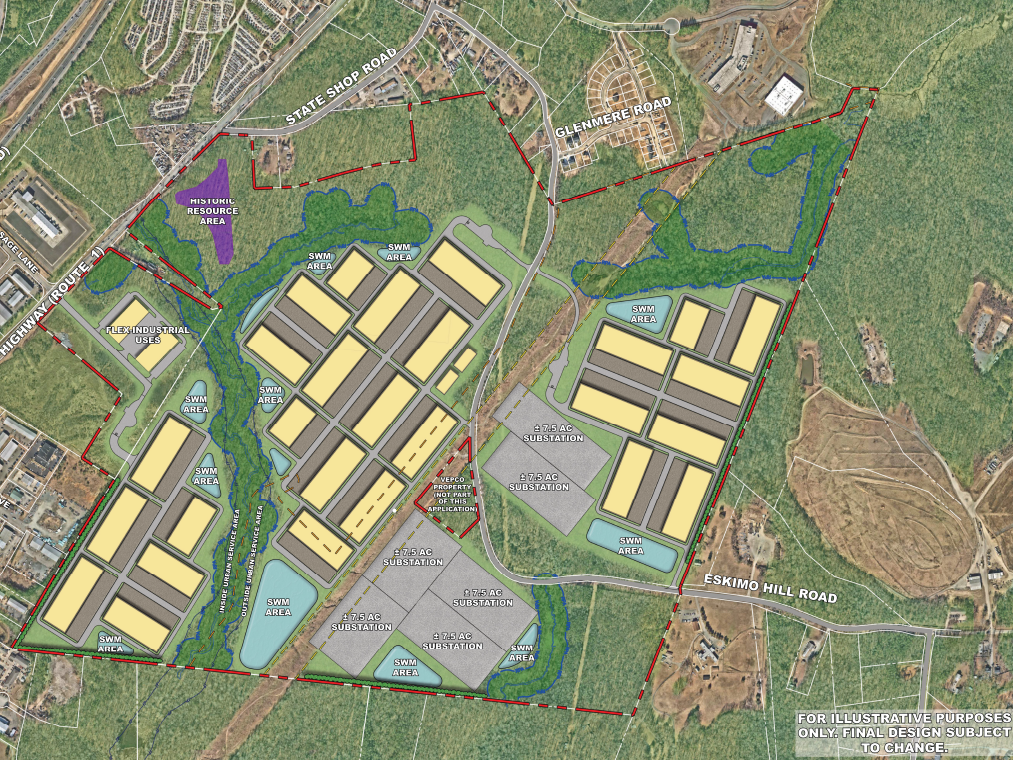
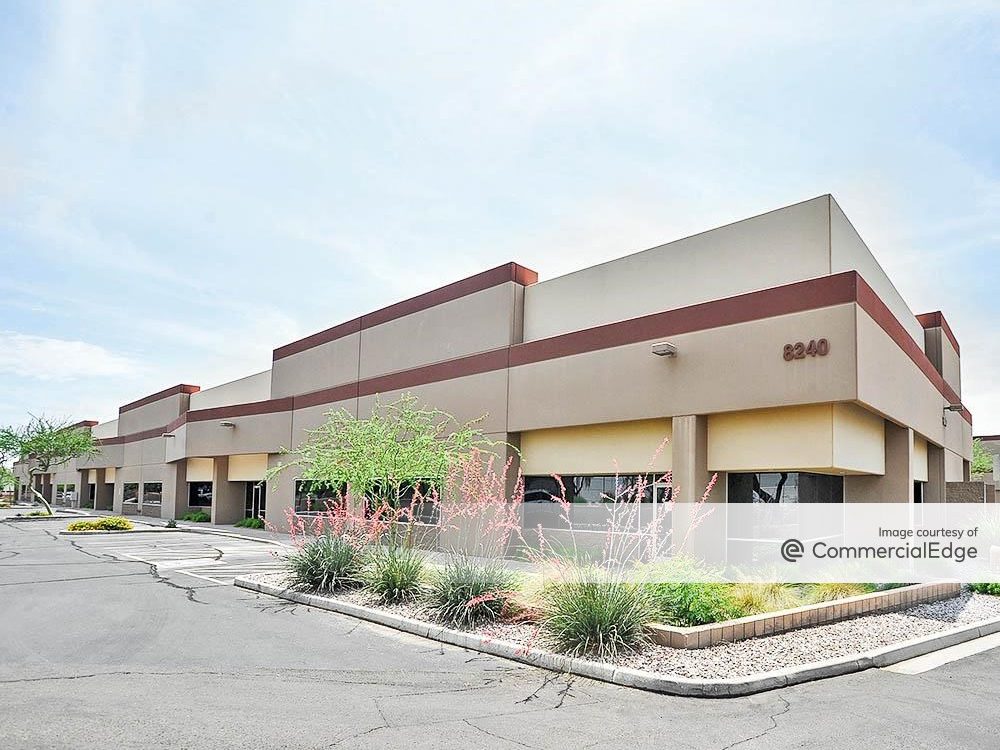
You must be logged in to post a comment.